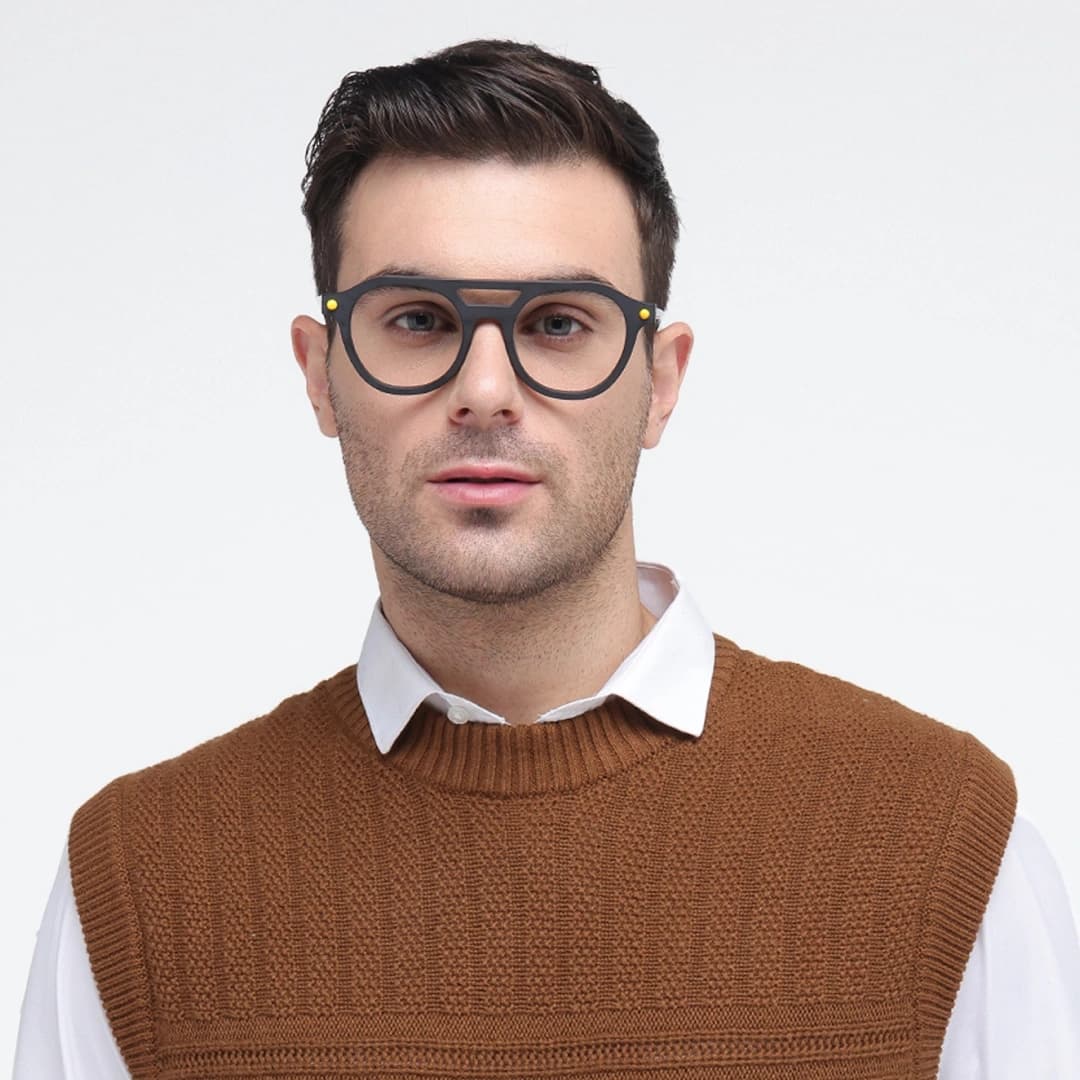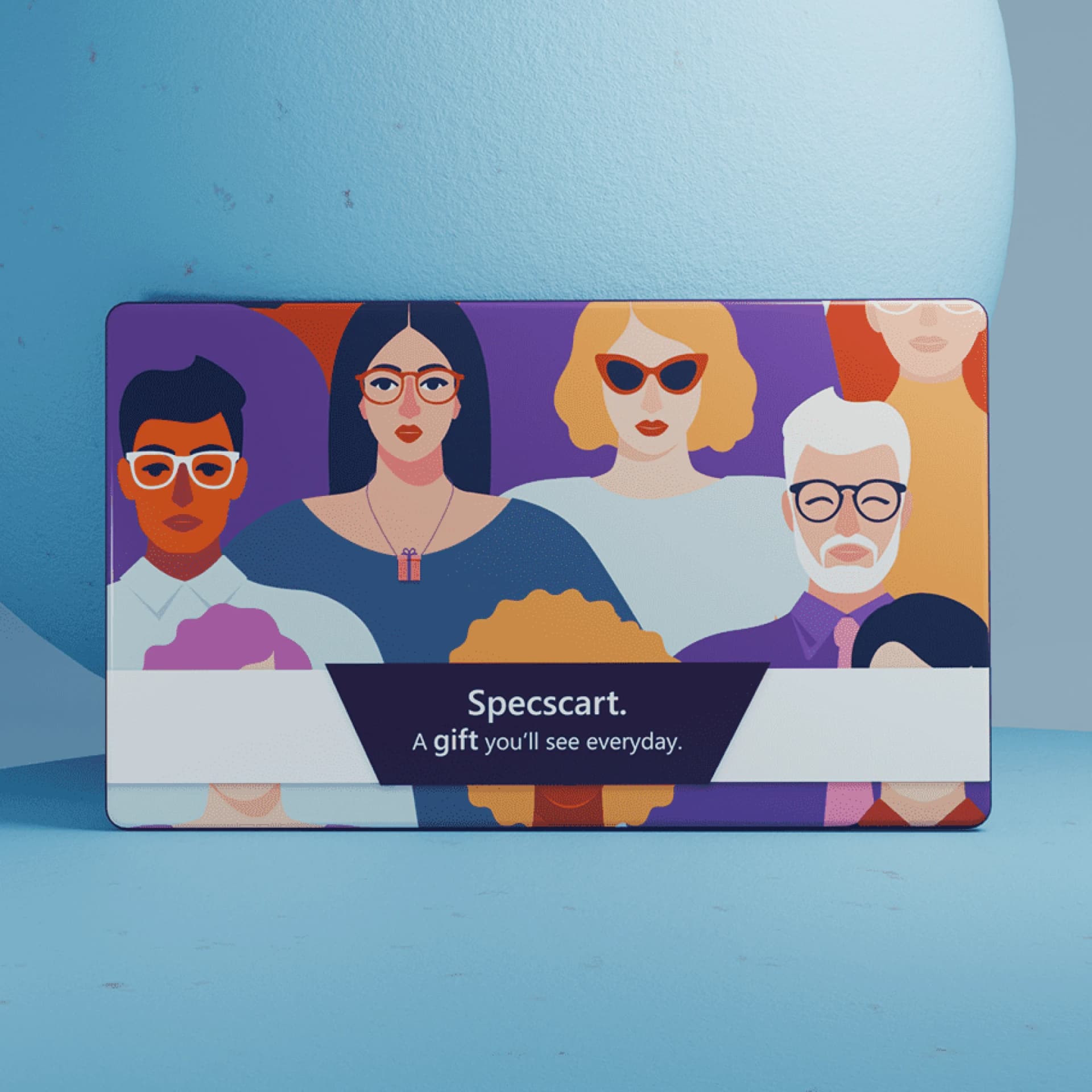Eye health risks from using virtual reality headsets

Content Manager
We live in a wonderful world! With cryptocurrency, self-driven cars and AI, it’s safe to say we are going to witness loads of technology breakthroughs in the coming years.
One particular thing that we all are excited about is virtual reality. I know it’s not a new thing, but it’s not as common as it was supposed to be when it was first introduced.
I like VR because it almost tricks us into believing that we’re somewhere else. And while I see the endless opportunities, I also can’t turn a blind eye to the downside of this new technology. For starters, it may affect your well-being and even worse, your eyesight.
So, before you gift those shiny VR headsets to your kids, make sure you are fully aware of the risks of this interesting technology.
What is virtual reality?
Virtual reality refers to the use of technology to create computer-simulated environments. It can depict environments that are near reality and helps the user feel more immersed in the surroundings.
How we perceive reality is a mere combination of the information provided by our sensory organs. So, if your senses are exposed to a made-up world, objects or surroundings, your perception of reality will also change.
If you are playing a game, VR can make you feel as if you are one of the characters. Or when you’re watching a movie, you’ll feel like you are in it talking to the characters.
You are presented with “near-reality” that isn’t actually there, but you perceive it as real. Okay, that’s enough science! I guess you got the gist of it.
Almost all virtual reality systems depend on a special headset that the user has to wear over his/her eyes but some of them involve using a mouse, gloves, keyword and controller to interact with the VR world.
VR headsets and your health
Over a million UK people have already immersed themselves in the world of virtual reality by investing in a high-end VR headset. However, VR is not always fun.
While it’s true that VR is changing how people learn, play, work or even entertain themselves, the extensive use of the promising technology remains a common concern among the experts.
High-end VR headsets are everywhere. You can buy the expensive ones from Samsung, Facebook or Google and if you like an affordable option, you can get cardboard headsets from a cheaper market.
While I can’t say if using a VR headset damages your eyesight, Danny Bittman who is a VR developer was convinced that his extensive VR use was what led to his deteriorated eyesight. In one of his tweets, he said that his eyesight has gone worse dramatically in a 3-year period and the doctor gave him prescription glasses to correct the problem.
Even Oculus - a Facebook-owned VR company states in its handbook that some users may feel symptoms similar to motion sickness. And the people who feel these symptoms should stop.
Eye strain due to VR headsets
Research suggests that using a VR headset could cause eye pain, discomfort, eye fatigue and blurry vision in people. We blink less when staring at a digital screen that leads to eye strain. This is why experts recommend using blue lens glasses to eliminate eye strain from screen time.
When using a VR headset, eye strain and pain are some of the common issues that people experience. They strain their ocular muscles by focusing on a pixelated screen. These headsets don’t address the issues of using a digital screen too close to the eyes.
VR asks the brain to interpret information in a way that it isn’t normally used to. The brain has to work against its normal functioning to perceive the information from the VR screen. This is what leads to eye pain and headache in some VR users.
To make this technology safer and more pleasant to use, the headsets should be designed keeping the human vision in mind.
Humans have a 200 degrees field of view - 140 degrees for binocular vision and 60 degrees for peripheral vision. But these headsets only provide 35 degrees field of vision which troubles your brain to perceive the distance within the environment. It also adds to the pressure on your eyes to determine where objects are in that small virtual world.
VR headset designers need to solve the problem of convergence conflict to eliminate eye strain.
Are VR headsets safe for kids?
No matter how bad your kid wants a VR headset on his/her birthday, you must consider their health before buying them one.
The scientists based at the University of Leeds believe that the use of VR headsets could trigger vision and balance problems in people, especially kids unless the device is not customized.
The researchers at Leeds who have been working closely with top British VR companies were the first to warn users about the impact of these headsets on their health.
VR devices create a 3D world on a 2D screen which puts strain on the users’ eyes. While it could lead to sore eyes and headaches in adults, the long-term health implications of VR use in kids are simply unknown.
The research by Leeds scientists involved 20 children between 8 to 12 years of age. The participants were asked to play a 20-minute game and examined thereafter.
While no child showed any signs of deterioration in their eyesight, 2 of them reported symptoms of disruption in stereo acuity - the ability to detect the distance between moving objects. Although these symptoms were short-lived, they were noticeable and could have become more serious if the kids were immersed in the VR world for a longer duration.
This is why the majority of VR manufacturers are setting age limits on these devices. Where the Facebook Oculus and Samsung’s VR headset are stated for use for children above 13, Sony’s PS VR should not be used by kids younger than 12.
Not only in games or apps, but VR is also being used in higher education. For instance, medical students study wounds and tumours or may even perform surgery on a virtual patient.
Can people with glasses use VR headsets?
Although these headsets are being designed in a way so that glasses wearers can also enjoy the virtual world, the level of comfort may vary depending on how short-sighted you are and the size of your designer glasses frames.
If you can go without your specs, that would be the most comfortable option. But, if you can’t, you can use these headsets over your specs although it would need a little adjustment. No doubt the design and experience of VR for glasses users will be tweaked in the future.
Caution: You may become style obsessed
Your way finder
2000+ Trendy Styles

Fashion Forward Sunnies



















































